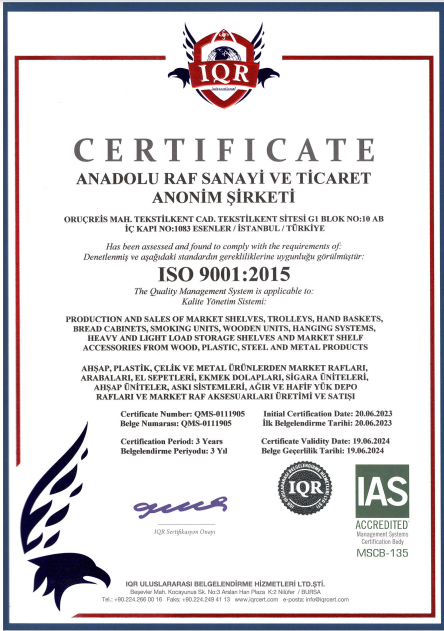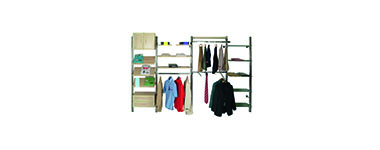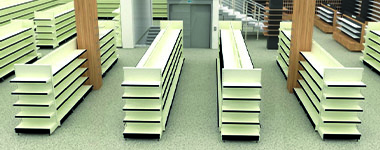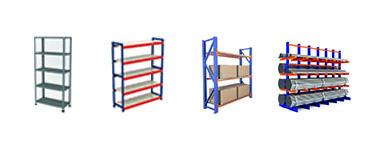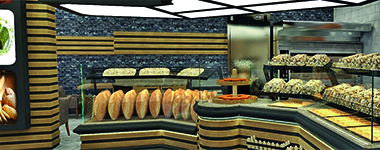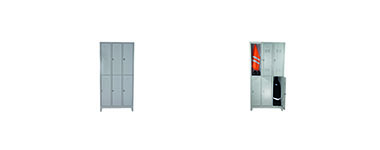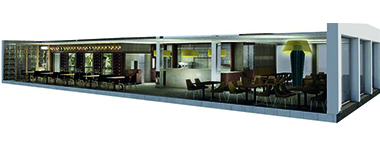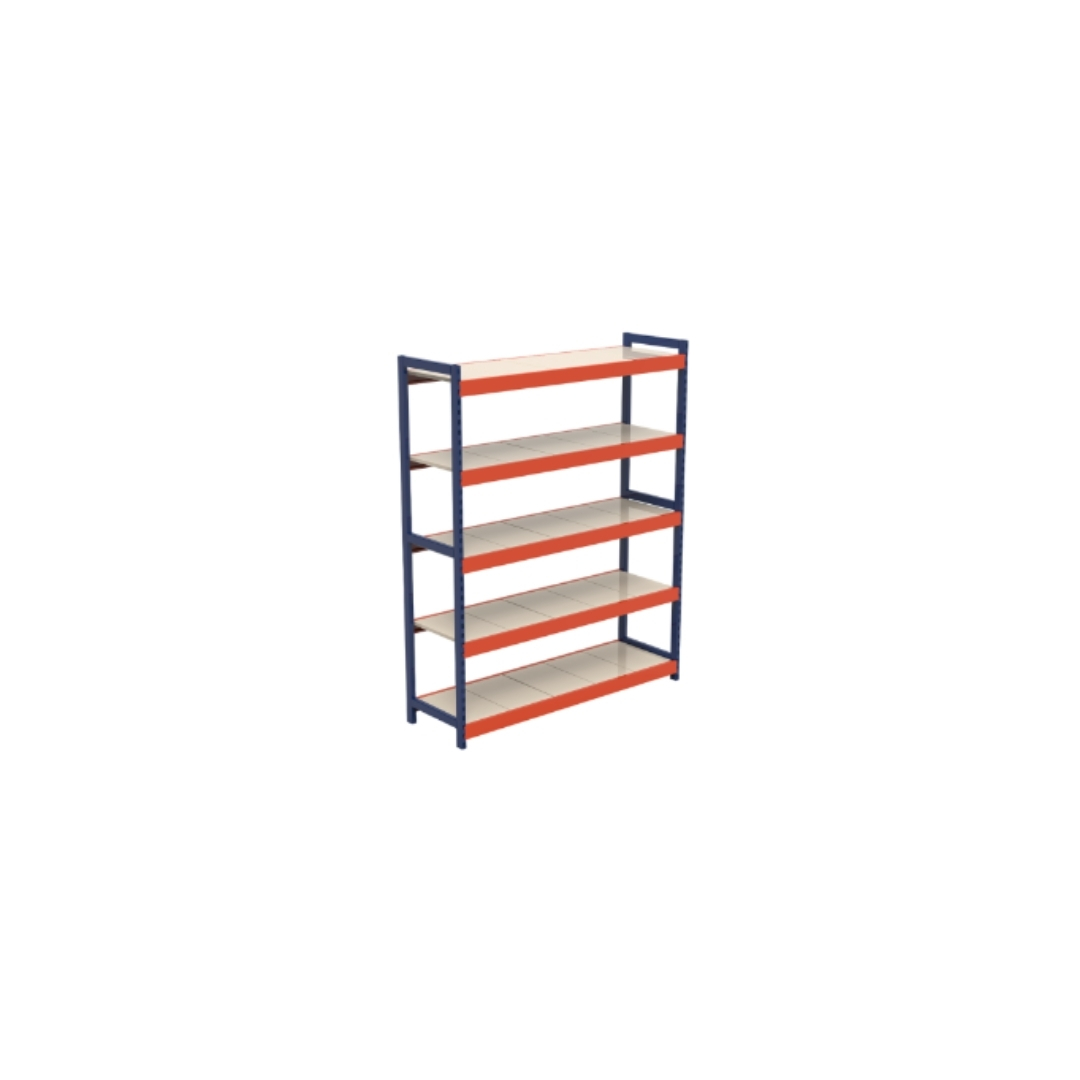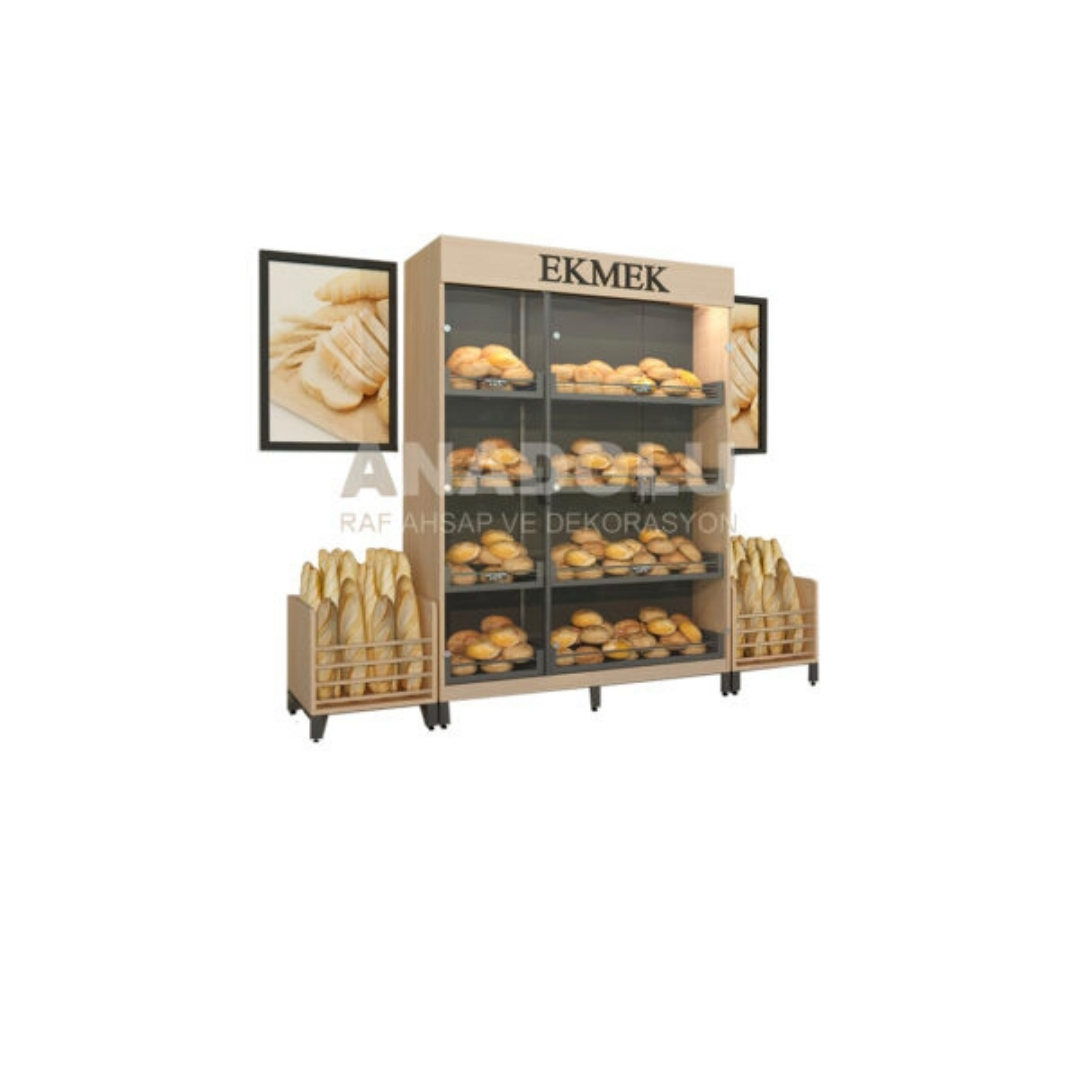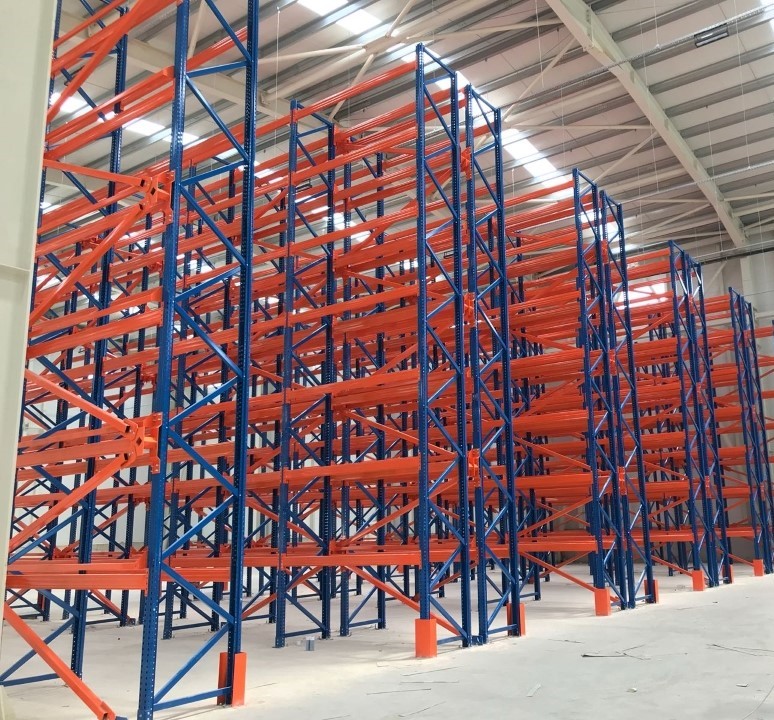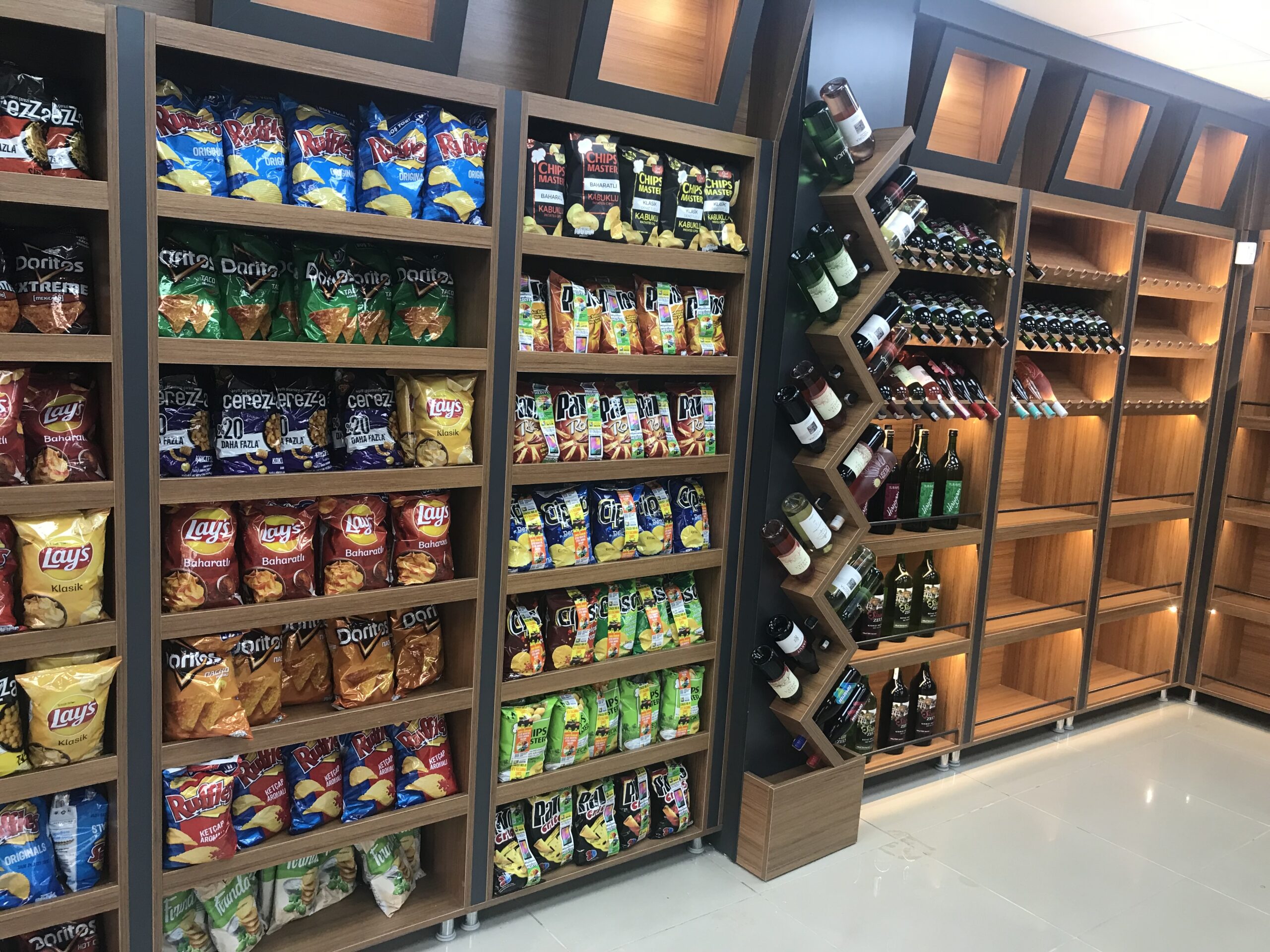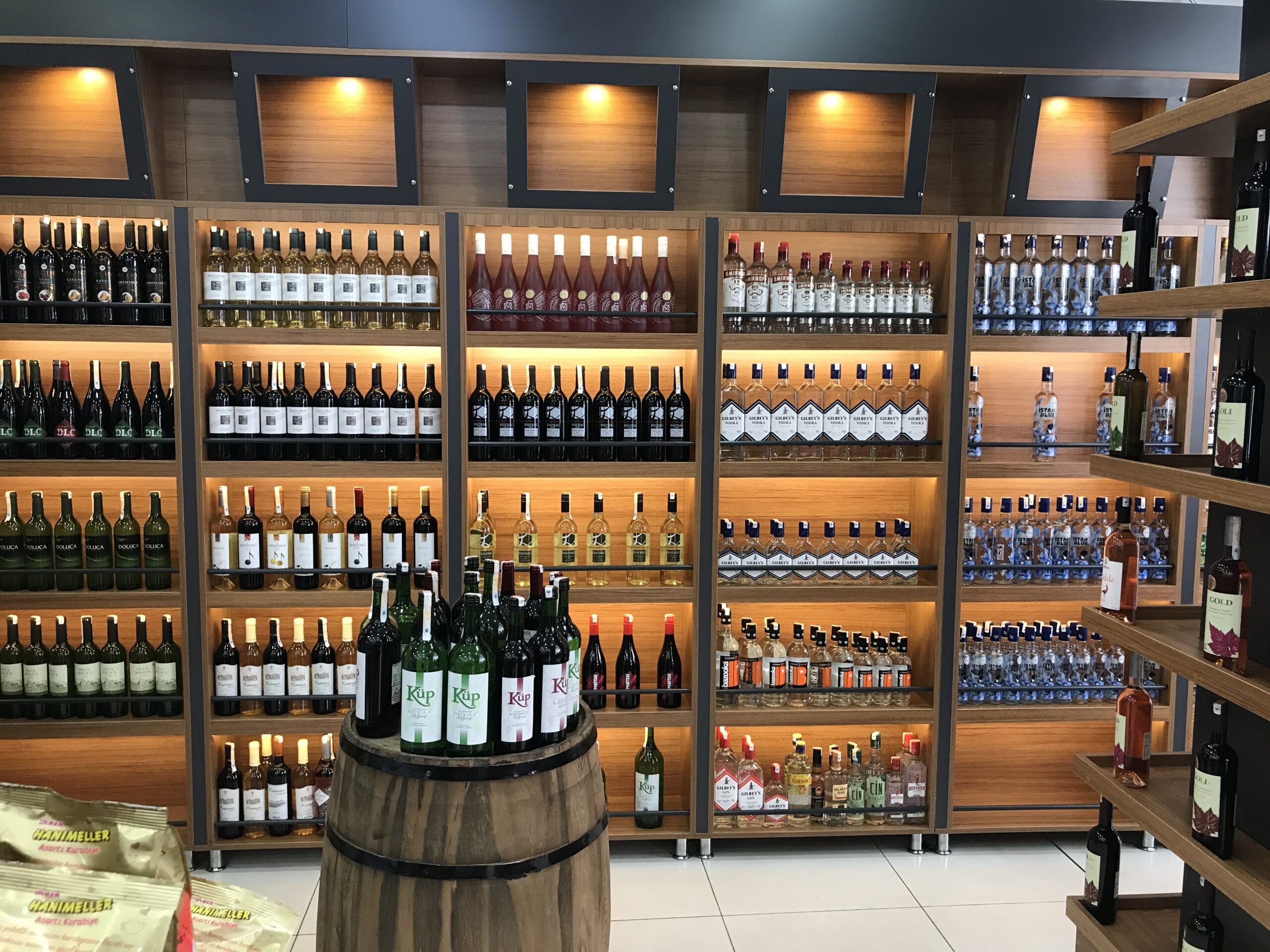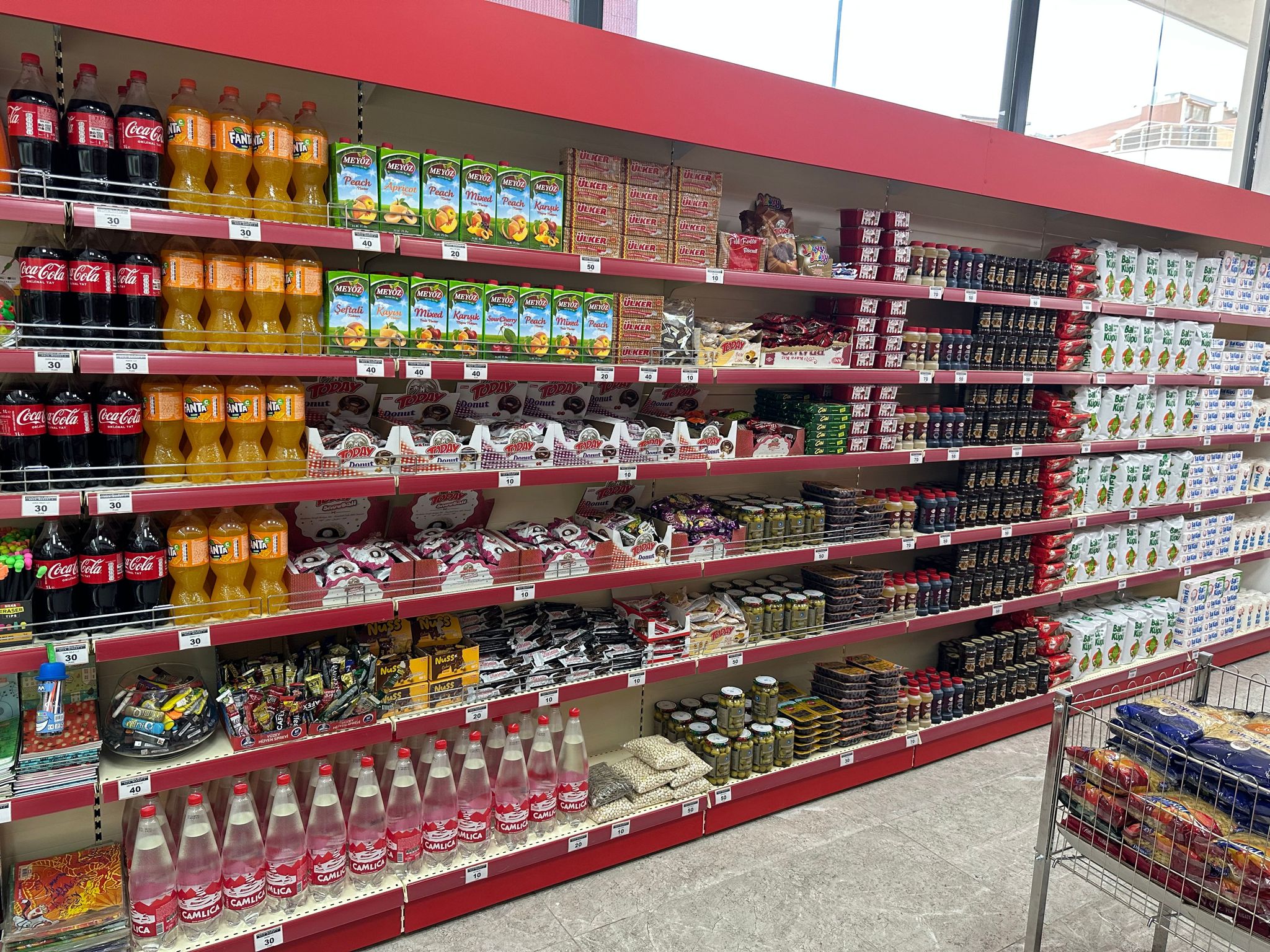Clothing stores need modern shelving systems to offer a wide range of products to their customers while also ensuring that products are displayed neatly and presented attractively. In this article, we will discuss in more detail the important issues regarding the shelving systems used in clothing stores.
1. Types and Functions of Shelving Systems
Shelving systems used in clothing stores can be of various types:
a. Hanging Shelf Systems: Used to hang dresses, jackets, shirts and similar clothes on hangers. In addition to displaying products in an orderly manner, these systems offer customers the opportunity to easily examine and try products.
b. Flat Shelf Systems: Allows t-shirts, trousers, skirts and similar products to be displayed by folding. It is preferred so that the products are displayed properly and customers can easily see them.
c. Shoe Rack Systems: Specially designed to display different shoe models. In addition to displaying shoes in an orderly manner, it offers customers a variety of products.
D. Accessory Shelf Systems: Used to display jewelry, bags, hats and similar accessories. These systems ensure that small and delicate products are displayed in an orderly manner.
to. Medium Display Shelf Systems:Medium display shelf systems are used in clothing stores to increase product variety and offer customers a visually appealing shopping experience. Available in different designs and shapes, these systems present products in a visually appealing way, provide storage space and create thematic displays suitable for seasonal decorations.
2. Product Presentation Strategies
a. Color Scheme: Displaying products with similar colors side by side provides an aesthetic appearance and attracts the attention of customers. Visual appeal can be increased by using color transitions and contrasts.
b. Collection Grouping: Bringing together products from the same collection allows customers to easily combine and follow trends.
c. Seasonal Arrangement: Highlighting seasonal products and choosing seasonal colors strengthens the shopping experience of customers.
3. Digital Shelf Systems and Integration
Nowadays, shelving systems integrated with digital technologies are also widely used. Touch screens enhance the shopping experience by providing customers with information such as product information, availability and pricing.
4. Customer Journey Analysis and Shelf Positioning
In-store analyzes and customer journey maps play an important role in the correct positioning of shelving systems. Placing the most popular products at strategic points and arranging them so that customers can easily access them increases sales.
Conclusion
Shelf systems used in clothing stores, along with factors such as product presentation, arrangement strategies and digital integration, are important elements that affect customer experience. Choosing the right shelving systems, effective product presentation strategies and digital integration can increase the success of your store and ensure customer satisfaction.




